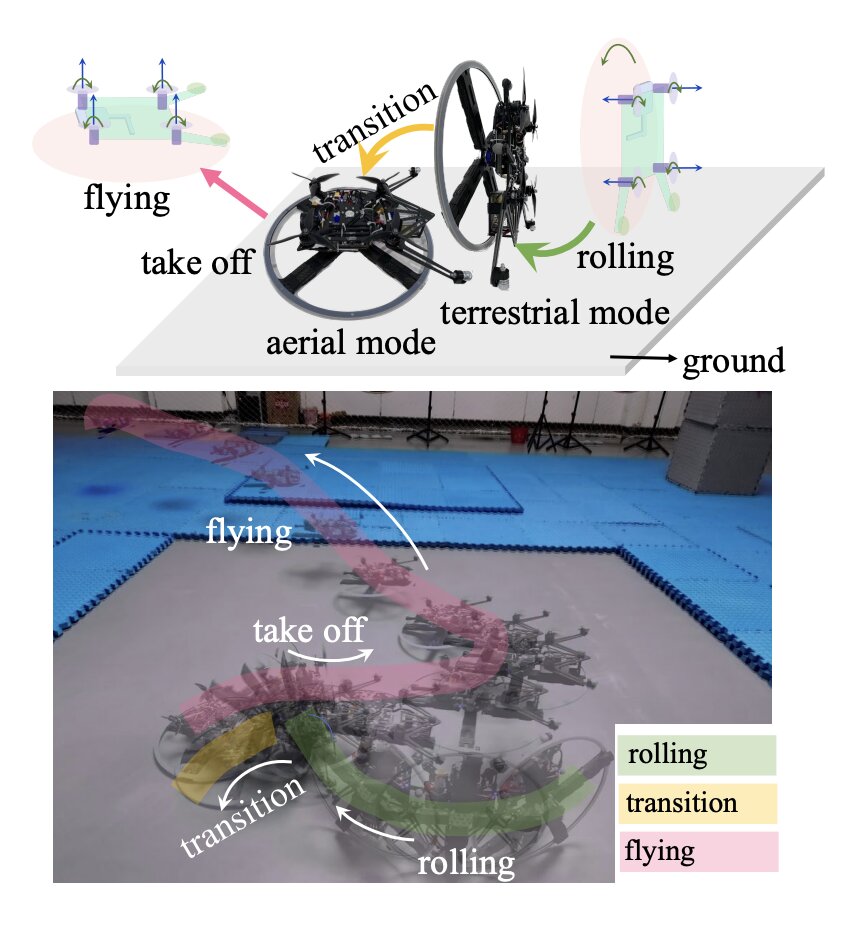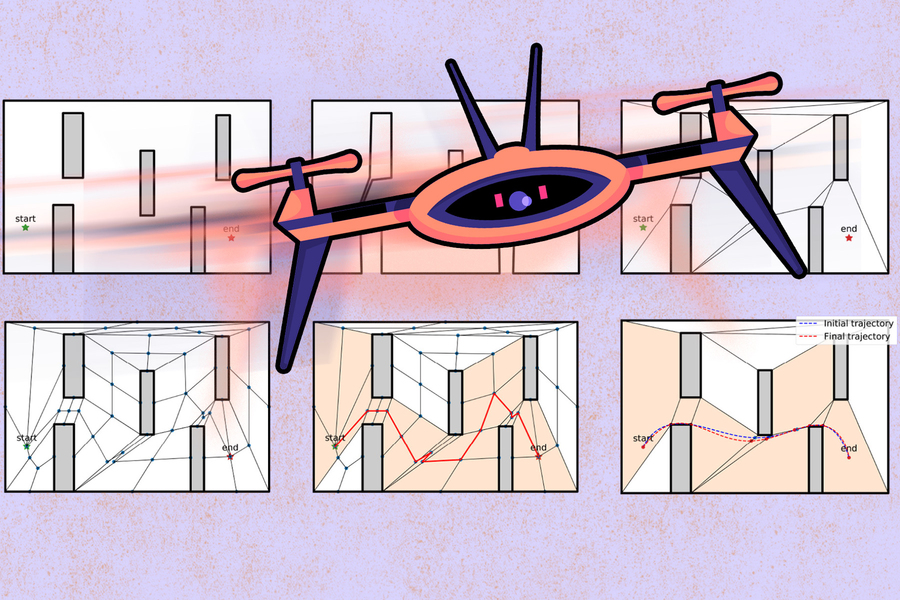
Optical scientists have found a new way to significantly increase the power of fibre lasers while maintaining their beam quality, making them a future key defence technology against low-cost drones and for use in other applications such as remote sensing.
Researchers from the University of South Australia (UniSA), the University of Adelaide (UoA) and Yale University have demonstrated the potential use of multimode optical fibre to scale up power in fibre lasers by three-to-nine times but without deteriorating the beam quality so that it can focus on distant targets.
The breakthrough is published in Nature Communications.
Co-first author Dr Linh Nguyen, a researcher at UniSA’s Future Industries Institute, says the new approach will allow the industry to continue squeezing out ...
Read More







Recent Comments